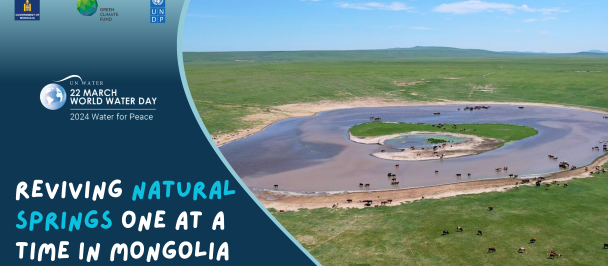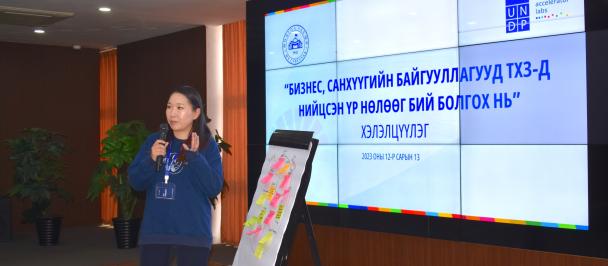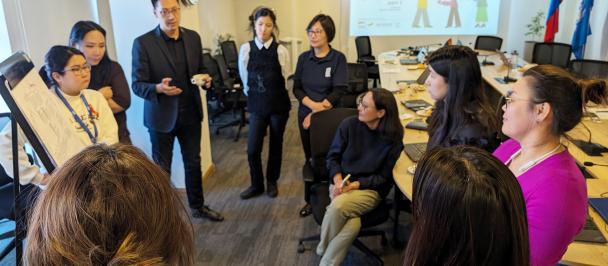Story of Resilience: A Mongolian wildlife protector's journey
March 1, 2024
"Suddenly, I felt warm breath of a wild animal next to my ears. I froze. And I wondered if that animal would clobber me and kill me. But it didn't. After a while, I glanced through my fingers and it was gone. A bear had come only to take her cub away. In my 11 years as a ranger, I have never been as terrified as I was at that time" says Magsar, ranger of Tengis-Shishged protected area, the Administration of Ulaan Taiga strictly protected areas.
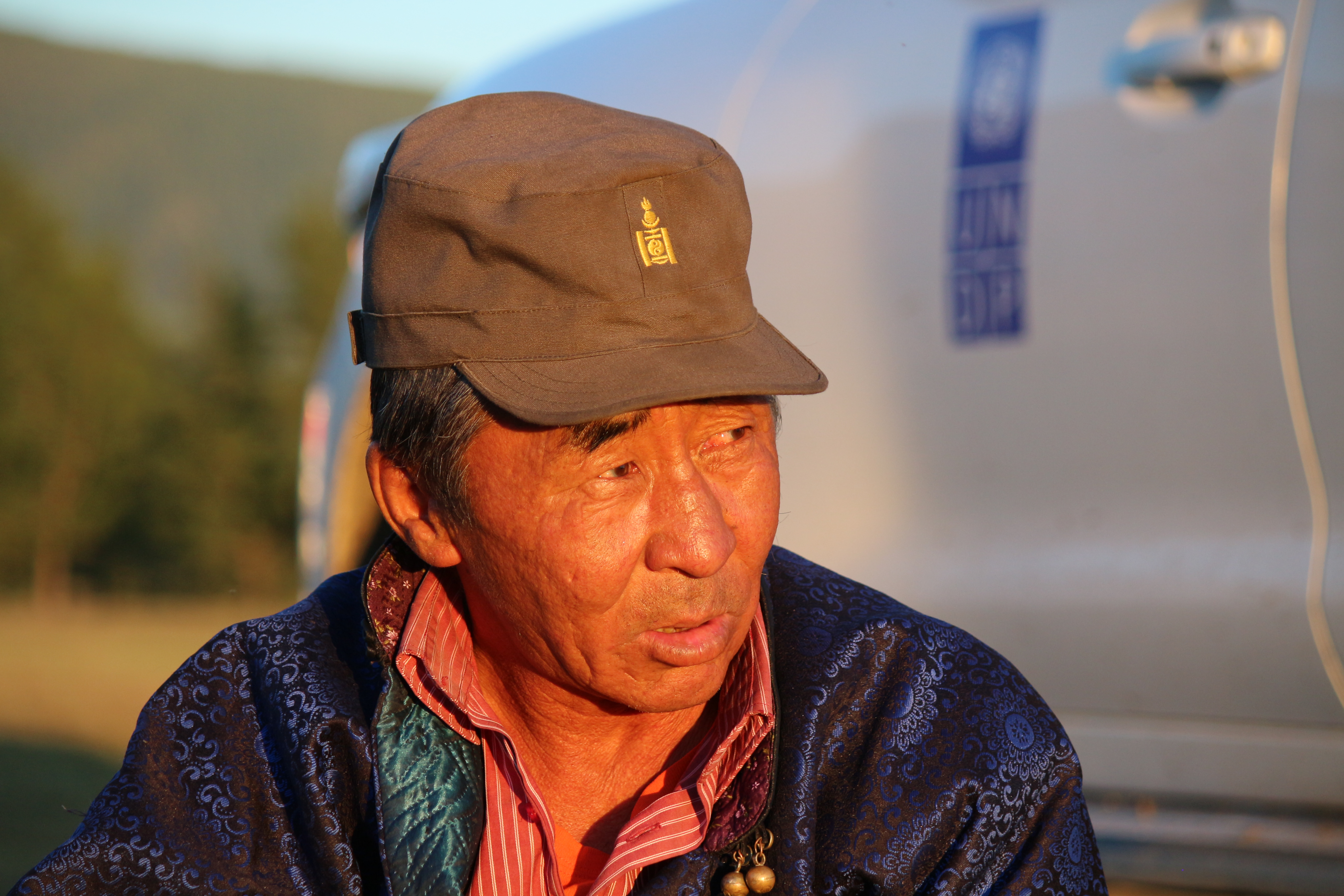
Sh. Magsar, ranger of Tengis-Shishged protected area in the Administration of Ulaan Taiga strictly protected areas.
Given his profession, he spends most of his time amidst taiga, mountains, fields, and forests, navigating these landscapes through all seasons and often facing life-and-death situations. He is among over 1,000 rangers employed by the Strictly Protected Areas Network to protect the precious wildlife and natural environment.
Now in his 11th consecutive year as a ranger since 2013, he has dedicated his career to the Darkhadyn Khotgor area, his birthplace and the backdrop of his childhood, which gained state protection that year.
"I will never forget the day I encountered a bear. Venturing into the woods late, I decided to camp overnight near the river's source. After lighting a fire and setting my gun aside, I spotted a bear cub climbing a tree. Wondering about the mother's whereabouts, I was soon charged by a large, yellow bear. I have never called out for my mother so loudly in my life. In that moment, I screamed, covered my face, and crouched down. Fortunately, the bear did not attack. Indeed, bears are generally benign creatures unless they or their offspring feel threatened. This area is known to be home to bears. Last year there was a bear with even three cubs," he shared.
Magsar knows the 86,000 hectares of the river basin he is tasked with protecting like the back of his hand, embodying what it means to be a ranger. He takes pride in his work, aiming to contribute to the legacy of his magnificent country for future generations.
His father, a hunter, imparted early lessons in co-existing with nature and respecting wildlife. This knowledge, along with insights into interacting with and safeguarding nature and wildlife, has been invaluable in his career.
"Historically hunters, like my father, hunted with respect for nature. For example, he refrained from hunting during the animals' birthing seasons. When one of my brothers mistakenly hunted a nursing deer, my father was so upset that he sent him away for three days, demanding he find the fawn. My mother secretly provided meals while he searched the forest. After three days, he found the fawn, and we raised it until it could be released back into the wild," he recalled.
"When we were children, wildlife such as deer and antelope were abundant. Due to unregulated hunting and trade, these species were nearly extinct in the area, but protection measures are helping the area to recover."
Initially, when the Khoridol Saridag region was protected, it hosted only 33 argali sheep. Conservation efforts have increased their numbers to over 160. Additionally, the risk of forest fires has significantly decreased, with no incidents in the area for the last decade. "We patrol and safeguard the area at least 14 days a month, year-round, adjusting surveillance equipment and implementing anti-poaching and fire prevention measures," he explained.
"In our region, the diversity of plant and animal life is astonishing. It's a place of unparalleled beauty, where bears, musk deer, deer, moose, argali, ibex, wild boars, and wolves share the same habitat," Magsar stated with pride.
According to him, managing one hectare of taiga or boreal forest is as challenging as overseeing ten hectares of plains. Over 30 rangers dedicate at least 14 days each month to conservation efforts, undeterred by harsh weather conditions, to perform their duties. Rangers act not only as guardians of nature and wildlife but also as field researchers, closely observing changes in nature, the environment, and the ecosystem firsthand.
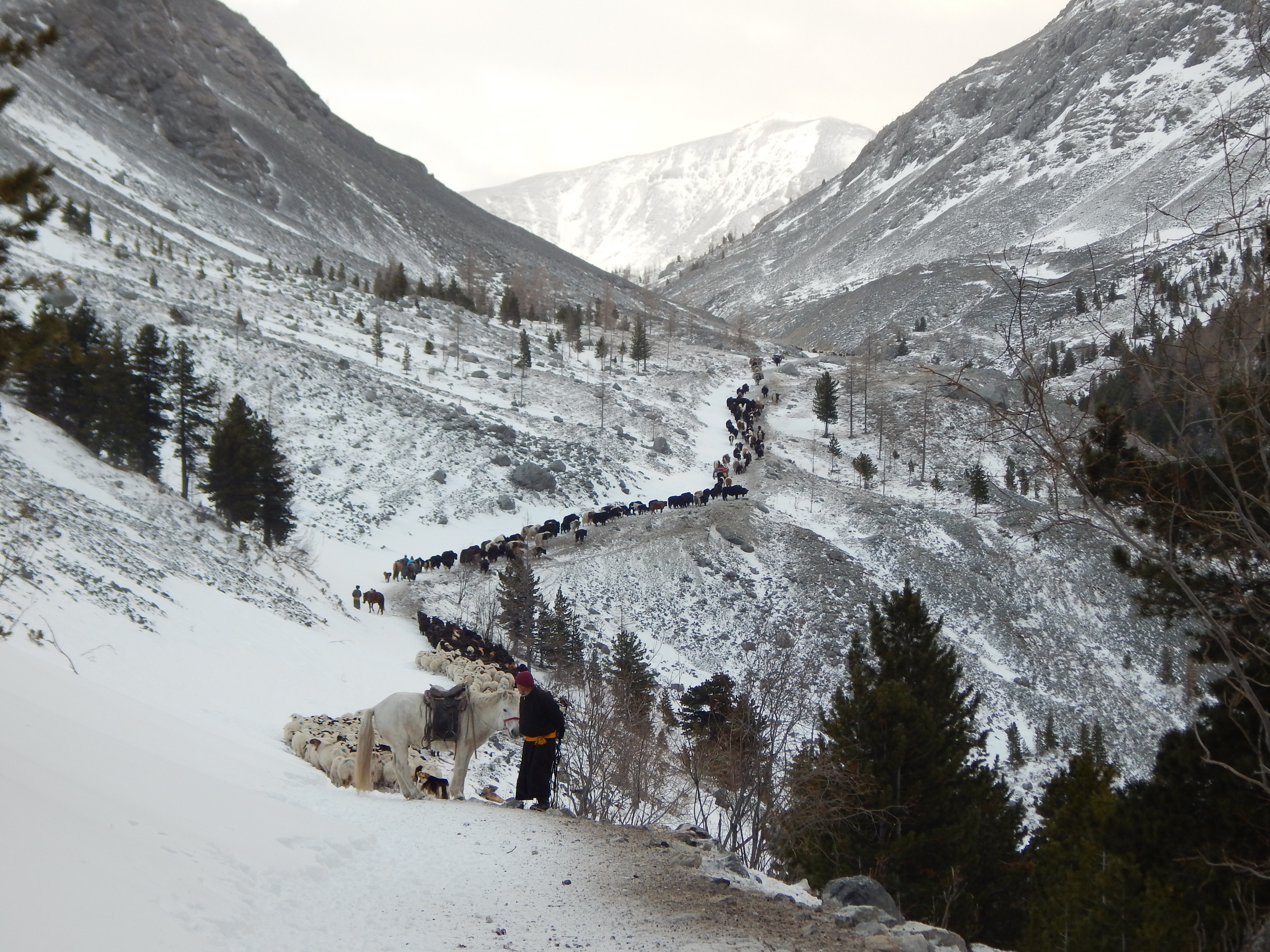
Darkhad Migration
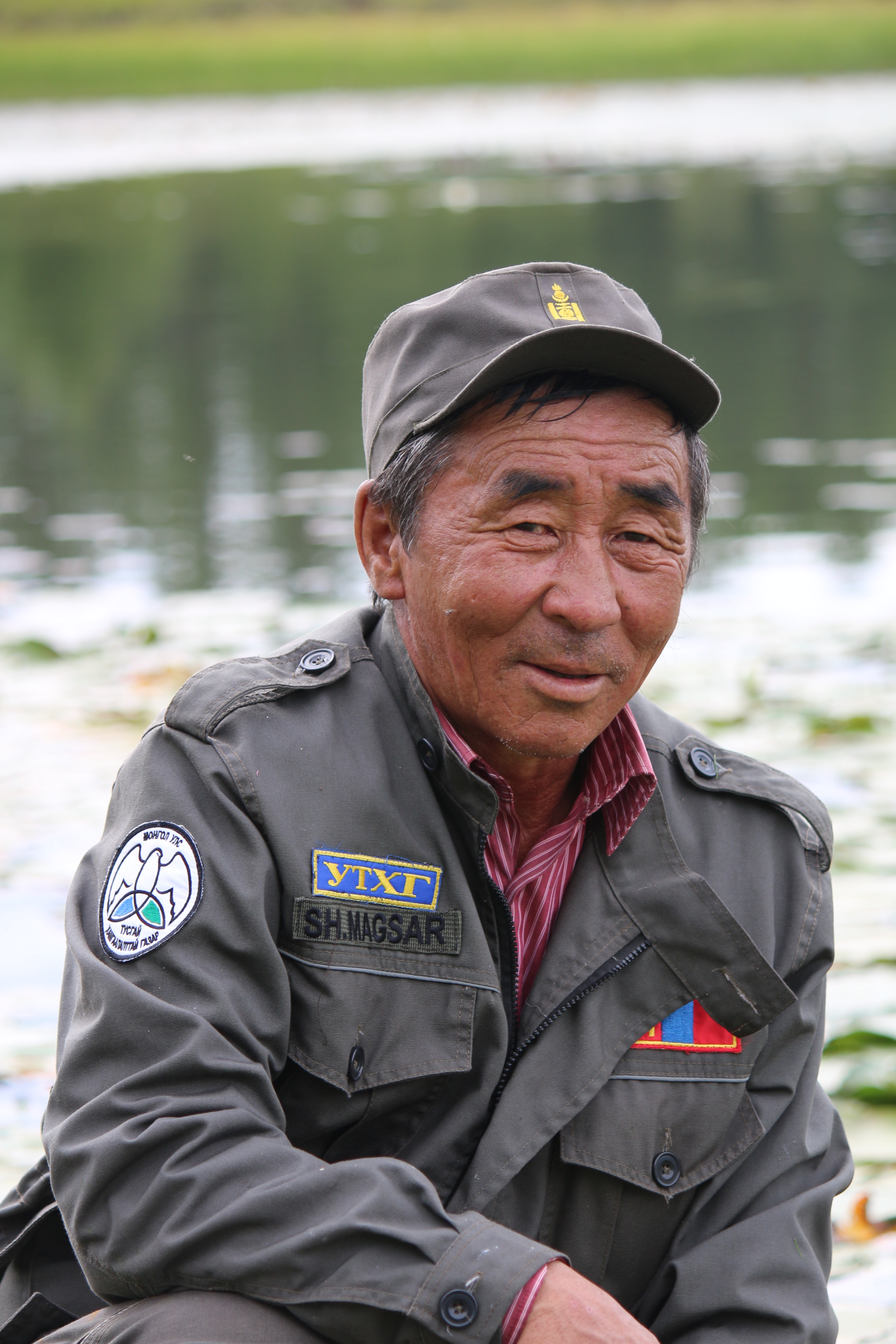
Sh. Magsar, ranger of Tengis-Shishged protected area, the Administration of Ulaan Taiga strictly protected areas.
"In our region, animals used to began grazing on fresh grass around March-April, but now snow still covers the ground during these months. Winters are becoming colder and more severe. The frequency of natural disasters is increasing, leading to significant environmental changes," he states with concern.
He believes this change is linked to contemporary lifestyles, where excessive livestock numbers prevent natural vegetation growth and hinder nature's regenerative processes. "Historically, there was a harmonious balance between natural formations and the local people’s lifestyle. However, the recent increase in livestock, particularly goats and horses, has overloaded the grazing land, impeding grass growth and disrupting the ecosystem's balance, thus exacerbating climate change," he says.
A seasoned ranger, Magsar strongly opposes forcing nature to conform to human needs and stresses the importance of allocating natural resource use fees towards conservation efforts. "The income from these fees, crucial for environmental protection and resource restoration, benefits not just our current generation but future ones as well," he emphasized, applauding initiatives that enforce the implementation of the Natural Resource Use Fee Law.
The Renchinkhumbe soum – a sub-provincial administrative unit – of the Darkhadyn Khotgor area utilizes five types of regenerative natural resources. In 2023, discussions and approvals at the citizens' representatives meeting allocated 5.7 million MNT from land fees and 145.4 million MNT from fees for the use of natural plants, water springs, forests, and wildlife resources. Additionally, a livestock tax will contribute more.
He expresses gratitude for the UNDP's Biodiversity Finance Initiative country programme, supported by the Ministry of Environment and Tourism and the Ministry of Finance and funded by the Government of Germany. This initiative significantly contributes to the national effort to improve the implementation of the Natural Resource Use Fee Law.
This region has successfully used funds from the natural resource use fees, allocated in the soum budget, to safeguard wildlife in protected areas. Given the region's heavy snowfall, biotechnical measures for wildlife protection have become crucial for the survival of animals in extreme conditions. However, feeding wildlife with grass and sedges can have adverse effects on their survival in natural environment.
"Interfering with the natural behaviors of wildlife by feeding, acclimating, and training them to tolerate human scent and machinery is ill-advised. Such actions render these animals incapable of surviving without human-provided food, altering their natural behaviors and potentially weakening their wild survival instincts. It's essential that biotechnical interventions are used only when absolutely necessary for saving lives; otherwise, we risk gradually diminishing wildlife's innate ability to flourish independently." he emphasized.
Written by: Tserennyam Lundaa, National Project Coordinator, BIOFIN – The Biodiversity Finance Initiative Phase II project

 Locations
Locations














